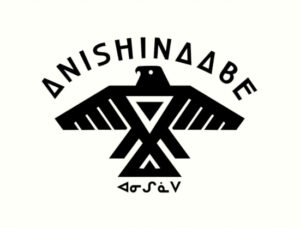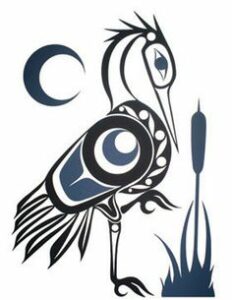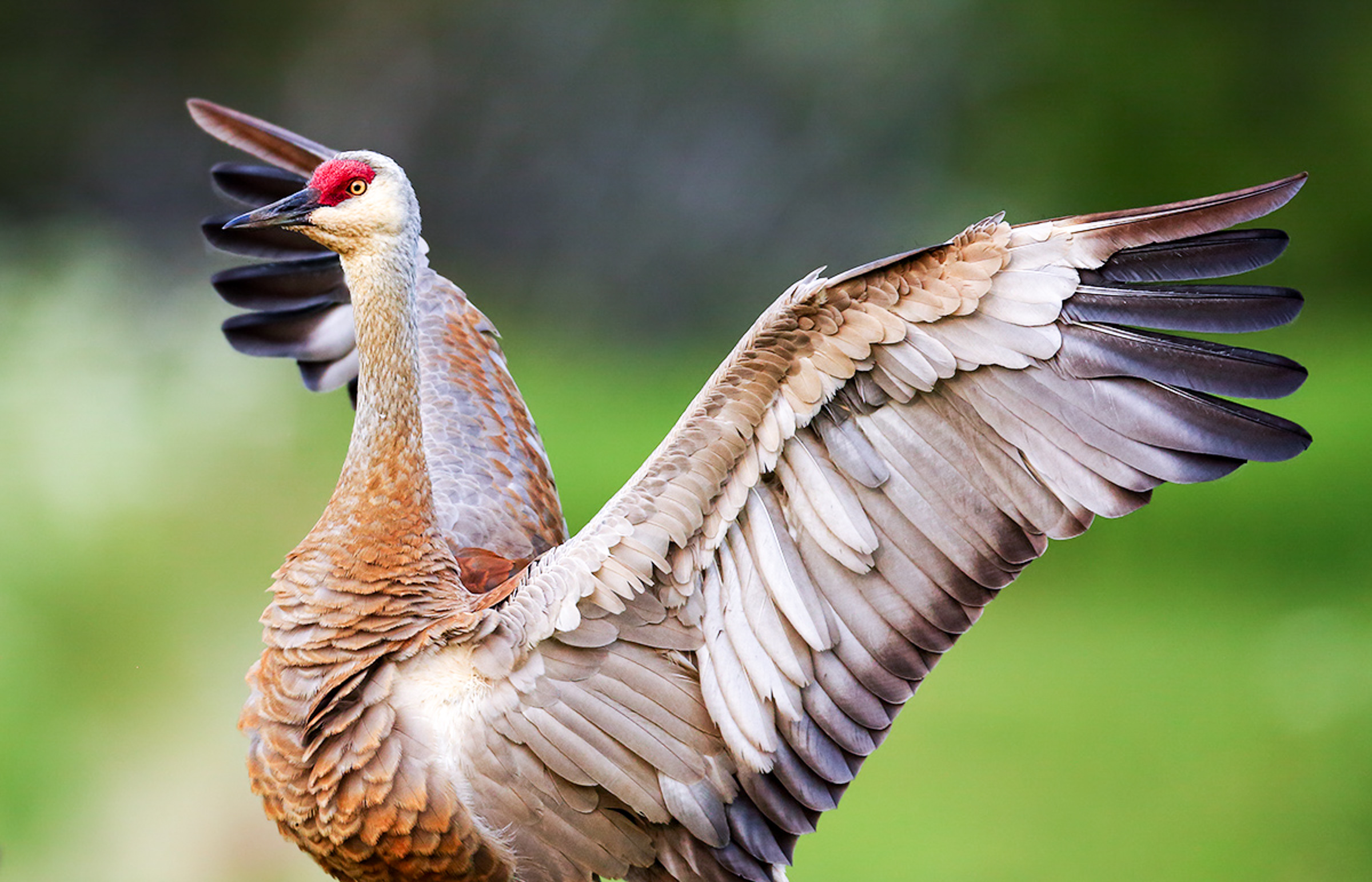
The Anishinaabe are a group of culturally related indigenous peoples present in the Great Lakes region of Canada and the United States.
Just two days after Indigenous Peoples Day, Michigan’s Anishinaabek Caucus joined more than 50 other Michigan-based groups and organizations in supporting and signing Michigan Audubon’s letter of opposing removing the Sandhill Crane’s migratory protections in Michigan. (You can read the Michigan Radio news, Will sandhill cranes be hunted in Michigan?, here.)
“The recreational killing of Sandhill Cranes in Michigan is an egregious proposition,” wrote Dr. Nichole Biber, on behalf of the Michigan Anishinaabek Caucus. “These majestic birds are neither a traditional food source nor a real or unmitigated threat to ecosystems. Cranes are visual and auditory proof of a recovering biodiversity that assures our shared Michigan lands have a chance to remain and regain a healthy balance,” said Biber.
The Natural Resources Commission heard one of Michigan DNR’s staff members, Barb Avers, present her knowledge and interpretation of available data on the Eastern Sandhill Crane at their October 14 meeting. Avers included a map of the Midwest that pointed out how the state of Michigan is a vital breeding ground for the species.
Just a few days prior to this meeting debating whether or not our cranes can — or should — be a game species in our state, an email about Indigenous People Day from Michigan DNR was directed to Michigan’s Anishinaabek people: “We encourage you, on this Indigenous Peoples Day, to spend some time exploring resources that ‘honor the historic, cultural and contemporary significance of Indigenous peoples and their ancestral lands … and celebrate their contributions to communities throughout Michigan,’ as Gov. Whitmer noted in her 2019 Indigenous Peoples Day proclamation.“

The Anishinaabe base their system of kinship on patrilineal clans or totems. The Ojibwe word for clan (doodem) was borrowed into English as totem. Today, the clan remains an important part of Anishinaabe identity.
Later in that very same week, one of the Indigenous Peoples’ most treasured totems was considered for designation as a game species in our state. “Tribal people have for hundreds of years been ignored in our attempts to assert the right to existence among our animal relations,” wrote Dr. Biber.
Article 15 of the United States United Declaration on the Rights of Indigenous Peoples states that “Indigenous Peoples have the right to the dignity and diversity of their cultures, traditions, histories, and aspirations, which shall be appropriately reflected in education and public information.”
“The crane is important to the Anishinaabek people (indigenous tribes of the Great Lakes), as one of our core Clans (Doodems), one that signifies leadership,” wrote Biber. “I encourage Michigan’s natural resources managers and policymakers to take a lesson from the Chi’juk — to take a leadership position by keeping these majestic birds OFF of the game species list.”
Dr. Biber called attention to problematic wildlife management priorities in our state and asked the Natural Resources Commission for their leadership in changing the way we represent and conserve our natural resources. “I highly encourage the NRC to get out of the business of catering to niche hunters who frankly degrade hunting for subsistence as a noble tradition. Focus on the restoration and thriving of our beautiful species that make Michigan a special place to live in and visit.”
by Heather Good
Michigan Audubon Executive Director
Featured photo: Sandhill Crane by Sally Powell

Cecelia Rose LaPointe, pictured here with children and their crane artwork, owns Waub Ajijaak Press, LLC. “In honor of hereditary Ogema Waub Ajijaak (Chief White Crane), the press was started to honor ancestors, culture, decolonization, healing, heritage, matriarchy, recovery, sobriety/wellbriety, and traditions.”
The mission of Michigan’s Anishinaabek Caucus is to educate, empower, and advocate on issues that Native Americans deem important to Indian Country. According to their website, these issues include treaty rights, Tribal sovereignty, land use, and sustainable wildlife protection and conservation practices. Learn more at anishinaabekcaucus.org.
Nichole Biber, Ph.D., is an activist and educator focused on ecological restoration. She provides elementary school-aged children with a library experience that foregrounds the communal and emotional frameworks of books, art, and storytelling. A mother of three, she is a steadfast youth ally, supporting the work of all who seek to empower our capacity to achieve environmental justice. A tribal member of the LTBB Odawa, Nichole has been a jingle dress dancer for 20 years. Her key optimistic vision is best summarized as “less mowing, more growing.”
Michigan Audubon’s Diversity, Equity, and Inclusion Advisory Council provides an advisory role, integrates initiatives, and ensures accountability on diversity and inclusion for our organization and its mission of connecting birds and people for the benefit of both. It is in the spirit that we collaborate and encourage the representation of Indigenous peoples in land management and in the decisions that impact wildlife at the local, state, and federal levels.
Support, further reading, and resources:
https://indianed.mpls.k12.mn.us/uploads/clan_system.pdf
https://www.oilandwaterdontmix.org/tribal_supporters
https://www.waubajijaak.org/
https://content.govdelivery.com/accounts/MIDNR/bulletins/2a566db
Michigan Anishinaabek Land Acknowledgement video on YouTube
https://www.michigan.gov/whitmer/0,9309,7-387-90499_90639-570159–,00.html

